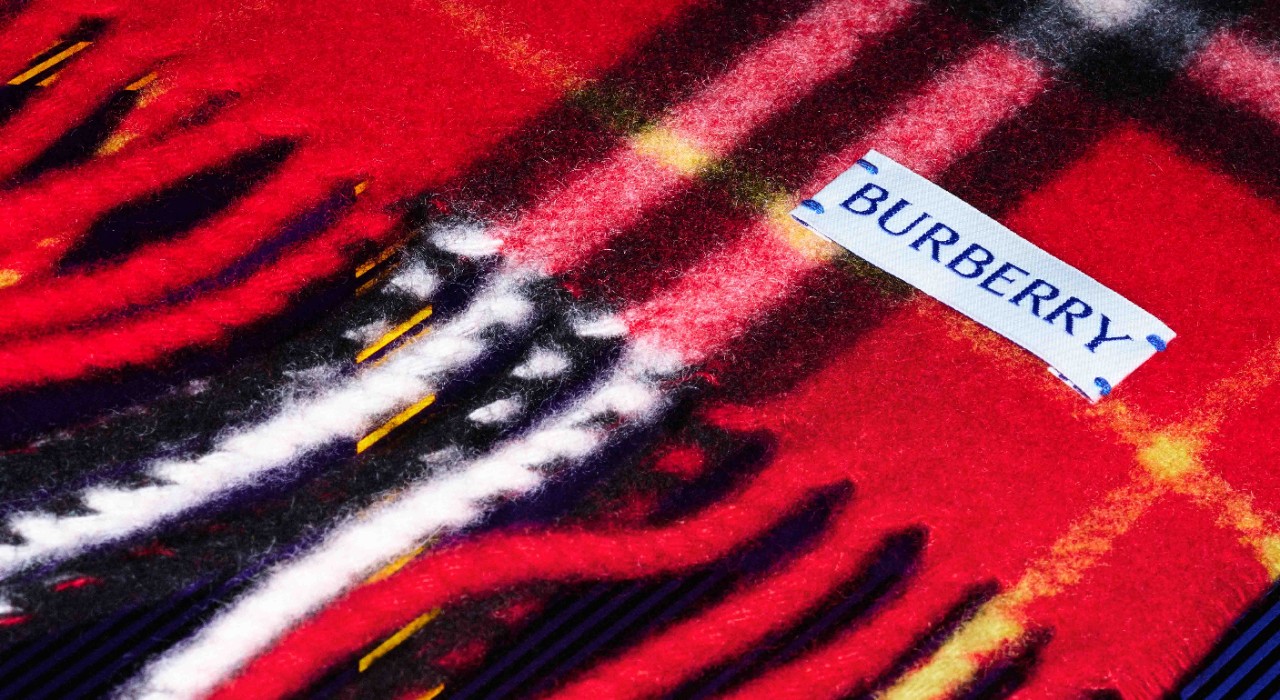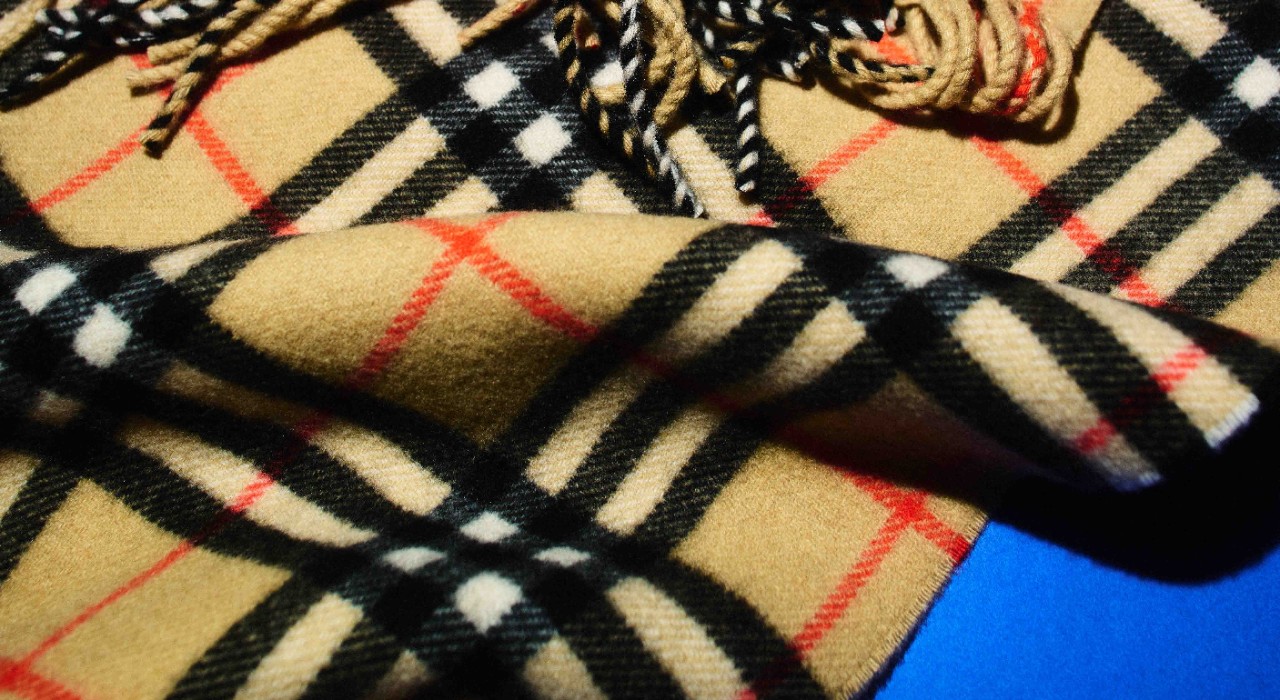The Burberry trench coat
An iconic design
Synonymous with British style, the Burberry trench coat is a global fashion icon and has been a wardrobe staple for over a century.
Legacy
Burberry Heritage Trench Coats have been manufactured in Castleford, Yorkshire for over 50 years. They are cut in gabardine, the revolutionary water-resistant performance material which remains at the heart of Burberry.
In 1879, Thomas Burberry invented gabardine, a revolutionary fabric. It was breathable, unlike other ‘waterproofs’ available at the time made of oil, rubber and wax, which did not distribute the air.
Thomas went on to create the Tielocken from his ingenious fabric, the predecessor to the Burberry trench coat. The Burberry trench coat now stands as an international icon of British fashion, culture and history.
A design born from function to protect the military during the First World War. Its unmistakable epaulettes originally displayed an officer’s rank, while the belt’s metal D-rings were used to attach equipment.
Every element of creating a trench requires the skill and expertise of specialist craftspeople.
The gabardine used to make Burberry Heritage Trench and Car Coats is woven at the Burberry mill in Keighley, as is the iconic Burberry Check cotton that has lined our coats since the 1920s.
It can take up to a year to learn the stitching of the trench coat's collar – the most intricate part of its construction. The collar is made up of eight parts and it requires up to 270 stitches to create a fluid curve that allows the collar to sit perfectly on the neck.
Our trench coats are complemented by our ReBurberry aftercare services. These include cleaning, repairing and reproofing to preserve each coat’s finish and ensure that they can be enjoyed for longer.

